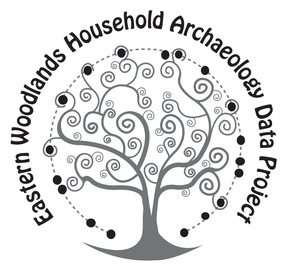
As I learned when writing this paper, much of the information about prehistoric houses in eastern North America resides in the so-called "gray literature" of CRM reports, theses, dissertations, and unpublished manuscripts. I hoped that the EWHADP would function as a magnet to identify information information locked up in the gray literature and make it known and available, allowing us as an archaeological community to capitalize on the work that's already been done. What's the point of information stored in a publication that only a handful of people even know exists? I really think we can do better than that, and we can save ourselves the wasted effort of repeated searches for the same information in the same stacks of legacy materials.
I was able to put a lot of time into the project to get it going, and as it sits now the website is functioning and is visited daily by people who make use of the information there. I have no idea how much time I put into the endeavor (both to collect the original dataset and to get the website up and running), but it surely runs into the many hundreds of hours.
With the demands of my job this year and other commitments, I haven't been able to devote any serious time to the EWHADP. There was some forward progress this semester, however, thanks to the efforts of GVSU undergraduate student Emily Gilhooly. She was able to spend a couple hours per week on the database, consulting primary sources and re-coding the information (primarily reclassifying structure shape and applying a finer chronological scheme). For her trouble she got some experience that will hopefully be useful to her, and she'll be added as a contributor to the database when a new version is released. Thanks Emily!
Emily's work on the database gave me some insight into what it will take to get it fully updated. She worked perhaps 25 hours and got through about 200 records (about 8 records per hour). At that rate, it will take about 230 hours to get through the 1850 or so records that haven't been re-coded. Some records go faster than others, of course, and I'm hoping it will go faster rather than slower. A few hours difference here or there won't change the reality, however, that a significant time commitment will be required to get the database ready for the next release.
I would love to have the EWHADP up and running in high gear again for a couple of different reasons: it's an important component of my research agenda for the job I'll be starting at South Carolina in August, and I know that a lot of archaeologists out there are using and will continue to use the information that is being assembled. The EWHADP is also being knit into a larger effort to build an infrastructure of linked archaeologoical data in North America. None of the effort put into these kinds of projects is wasted when everyone can use it.
I've never done a GoFundMe campaign before, but I thought I'd give it a shot and see if it's a viable way to support something like this. I'm looking for funds to support a graduate student research assistant to bring the EWHADP database and the website up to where it should be (i.e., incorporating all the information I currently have in a clear, consistent format that is useful to others). The goal of $3400 is based on a $12/hour rate for 280 hours (20 hours per week).
I'll have some start-up funds at South Carolina that I could potentially use if this campaign falls short or doesn't work at all, but I thought this would be worth a try. Projects like the EWHADP are on the ground floor of what is going to emerge as a new architecture for using our previously-collected archaeological data to address questions with big temporal and spatial scales. The data collected by the EWHADP are, and always be, open access. If I saw someone building a similar database that would add another component - radiocarbon dates, mortuary data, copper artifacts, etc. - I would support it. I hope some of you will support the effort to continue to build this tool.
If you think that it's time we start really leveraging the archaeological information that we've spent untold dollars and person-hours collecting in this part of the county, please consider contributing to this project.
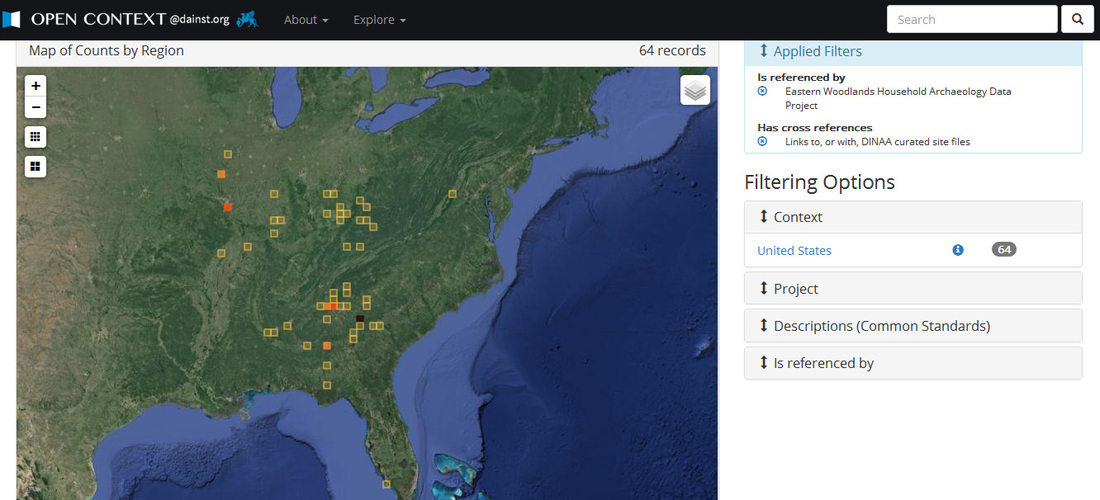
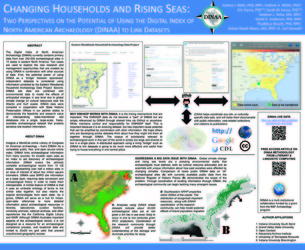
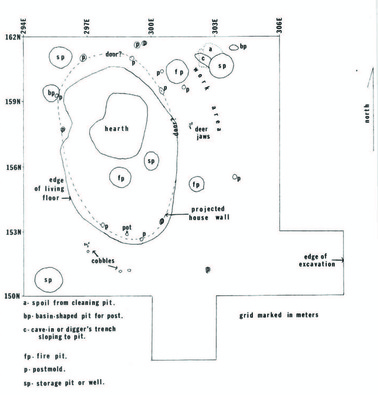
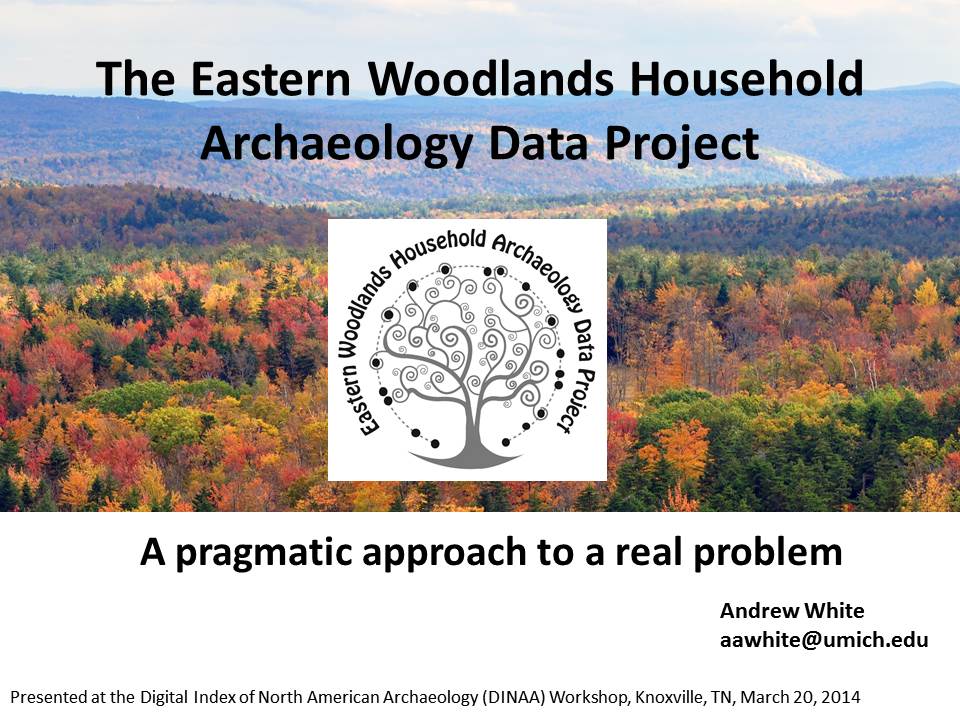
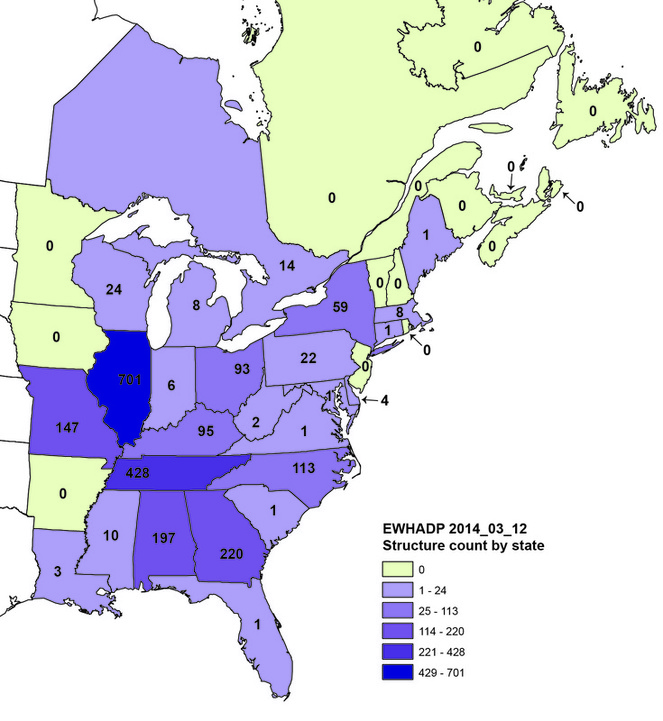
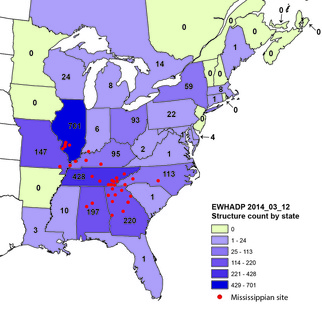
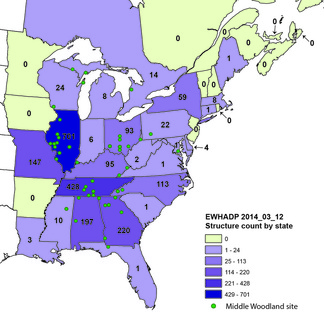
 RSS Feed
RSS Feed
